When most people see dandelions, they think of pesky weeds invading their lawns. But to organic gardeners and foragers, dandelion greens are a true treasure. Packed with nutrients, bursting with flavor, and remarkably easy to grow, dandelions are one of nature’s most giving plants. In this comprehensive guide inspired by the video “Picking Dandelion Greens and Planting Out Seedlings,” we’ll explore how to harvest dandelion greens the right way, how to grow them from seed, and how to plant out your seedlings for a continuous supply of these incredible greens.
Whether you’re new to gardening or already cultivating your own organic patch, this guide will show you how to make the most of this resilient, nutrient-dense green that’s been cherished for centuries.
Why Grow and Pick Dandelion Greens?
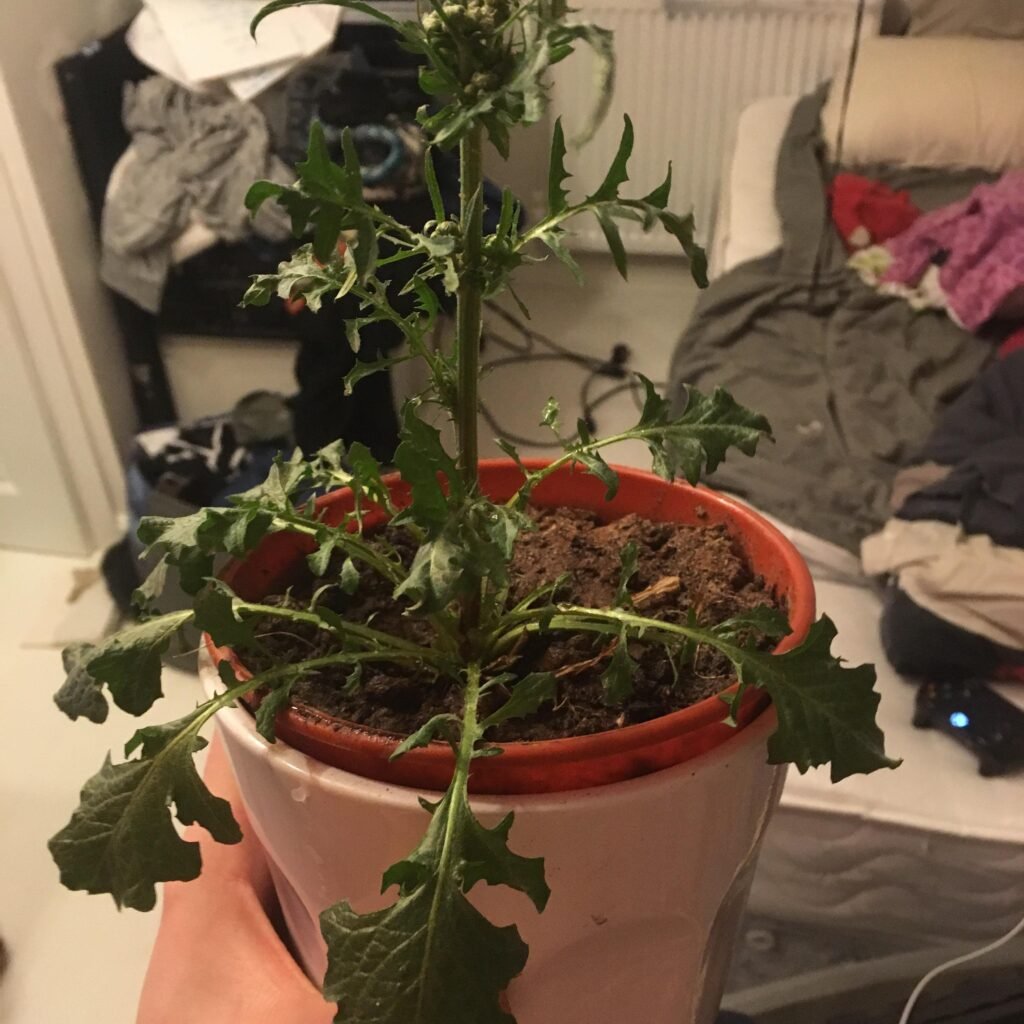
Dandelions (Taraxacum officinale) have been valued for their culinary and medicinal uses for thousands of years. Every part of the plant — leaves, flowers, and roots — is edible and beneficial. The greens, in particular, are a superfood powerhouse, rich in vitamins A, C, and K, as well as calcium, iron, and potassium.
Here’s why you should consider growing and picking dandelion greens:
- Highly Nutritious: They support liver health, aid digestion, and act as a natural detoxifier.
- Easy to Grow: Dandelions thrive in poor soil where many plants struggle.
- Perennial and Hardy: Once established, they return year after year.
- Versatile in the Kitchen: Delicious raw, sautéed, or added to soups and teas.
- Pollinator-Friendly: Their bright yellow blooms attract bees and beneficial insects.
So, rather than pulling them out as weeds, consider cultivating them purposefully for both health and sustainability.
Picking Dandelion Greens: The Right Way to Harvest
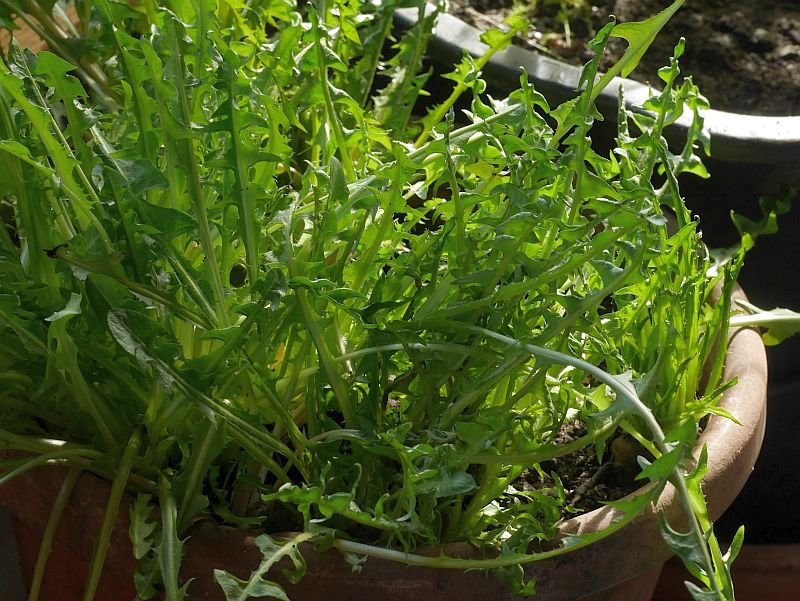
When harvesting dandelion greens, timing is everything. The younger the leaves, the milder and more tender they’ll be. Older leaves tend to have a stronger, more bitter taste — still edible but better cooked than eaten raw.
1. Best Time to Pick
- The ideal time to pick dandelion greens is in early spring or late fall, when the weather is cool.
- Leaves harvested before the plant flowers are the sweetest.
- After flowering, bitterness increases — although you can still blanch or cook them to mellow the flavor.
2. Where to Harvest
If you’re foraging dandelions, make sure to harvest from clean, chemical-free areas — away from roadsides, lawns treated with pesticides, or public parks.
If you’re growing your own organically, you can confidently harvest without worry.
3. How to Pick Dandelion Greens
- Use scissors or a small knife to snip off outer leaves near the base, leaving the inner ones to keep growing.
- Avoid pulling up the entire plant unless you plan to harvest the roots as well.
- Rinse leaves thoroughly to remove any soil or debris.
Harvest regularly to encourage new growth and extend your picking season.
Planting Out Dandelion Seedlings

Dandelions can be grown easily from seeds or by transplanting seedlings. While they often self-seed in the wild, cultivating them intentionally gives you more control over spacing, soil quality, and harvest timing.
1. Starting Seeds Indoors
If you want an early start or live in a cooler region, sow dandelion seeds indoors 4–6 weeks before the last frost.
- Seed Depth: Sow seeds just ¼ inch deep.
- Soil Mix: Use a light, organic seed-starting mix.
- Moisture: Keep the soil evenly moist but not waterlogged.
- Light: Place seedlings in a sunny window or under grow lights for 6–8 hours a day.
Seedlings usually emerge within 7–10 days. Once they’ve developed a few true leaves, they’re ready to be hardened off for transplanting outdoors.
2. Preparing the Garden Bed
Dandelions aren’t picky about soil, but for the best greens, they prefer fertile, well-draining soil rich in organic matter.
- Location: Choose a sunny to partially shaded spot.
- Soil Prep: Mix in compost or aged manure before planting.
- pH Level: Slightly acidic to neutral soil (6.0–7.0) works best.
3. Transplanting Seedlings Outdoors
After the danger of frost has passed, transplant your seedlings into the prepared bed.
- Spacing: Plant seedlings about 8–10 inches apart.
- Watering: Water well after planting and keep soil consistently moist.
- Mulching: Apply a layer of mulch to retain moisture and prevent weeds.
Within a few weeks, you’ll notice new growth and can begin light harvesting once the leaves reach about 4–6 inches long.
Caring for Dandelion Plants
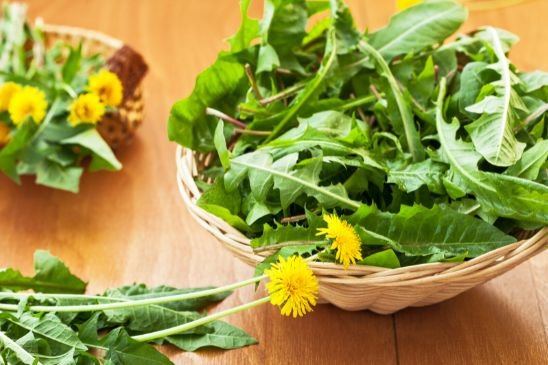
Once established, dandelions are extremely low-maintenance. In fact, they often thrive with little intervention. But to grow lush, tender greens, it helps to follow a few organic care practices.
Watering
Keep the soil evenly moist, especially during dry periods. Deep watering once a week encourages strong roots and tender leaves.
Feeding
Dandelions don’t need heavy feeding, but they’ll appreciate a boost of nutrients every few months. Top-dress the soil with compost, worm castings, or organic fertilizer to support continuous growth.
Weeding
Because dandelions have long taproots, they compete well with weeds. Still, keeping the surrounding area tidy helps ensure your plants get maximum nutrients and airflow.
Pest Control
Dandelions are generally pest-resistant, but slugs and aphids might occasionally appear.
- Handpick slugs in the evening or use natural barriers like crushed eggshells.
- Spray aphids with a gentle soap-and-water solution.
- Encourage beneficial insects like ladybugs and lacewings.
Harvesting and Regrowing
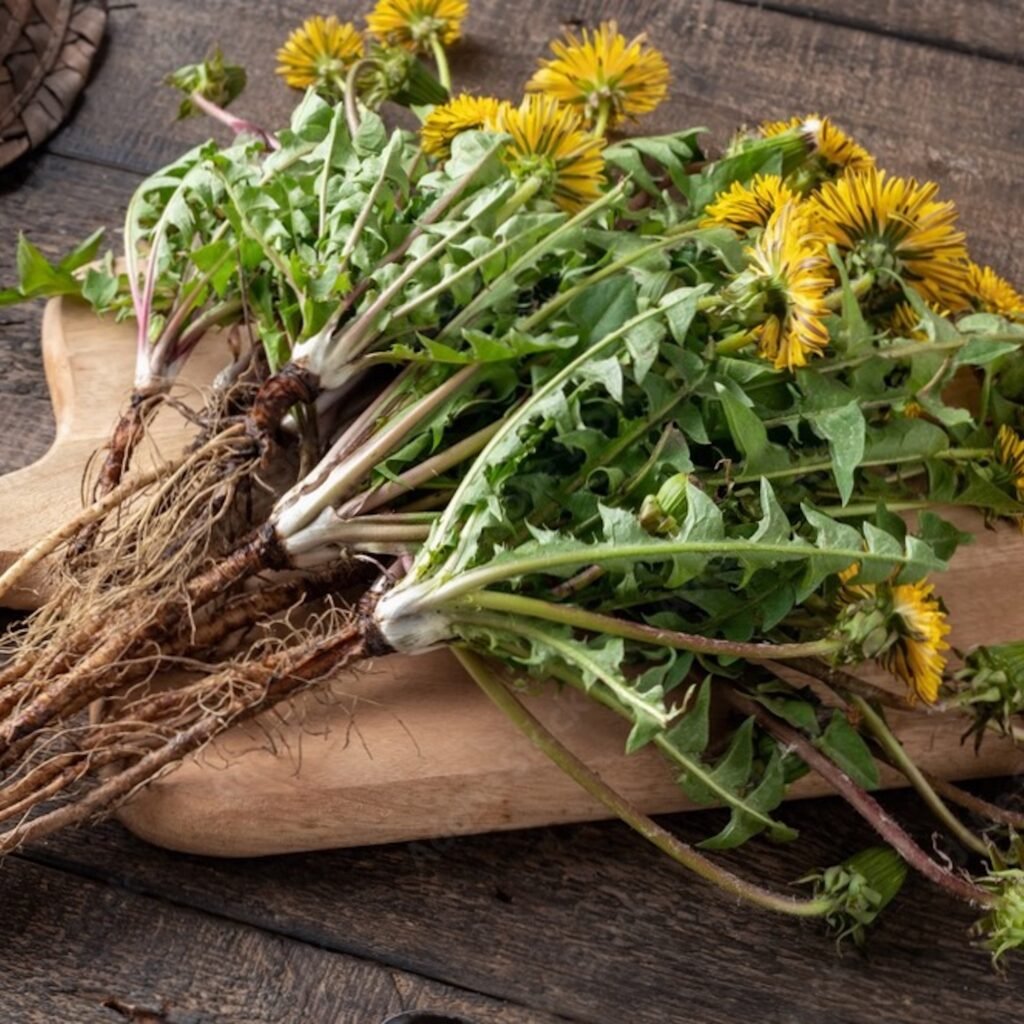
Dandelions are perennials, meaning once planted, they’ll keep coming back. The key to continuous harvest is regular picking — it encourages the plant to send out new leaves and prevents it from bolting too quickly.
Harvest Cycle
- First Harvest: About 8–10 weeks after planting.
- Frequency: Pick every few weeks throughout the growing season.
- Regrowth: Leave at least a few inner leaves each time so the plant can regenerate.
You can also harvest dandelion flowers and roots for other uses — the flowers make lovely herbal tea or wine, while the roots can be roasted and brewed as a coffee alternative.
How to Use Dandelion Greens in the Kitchen
Dandelion greens are extremely versatile and can be enjoyed both raw and cooked. Their earthy, tangy flavor makes them a refreshing addition to many dishes.
Here are a few ideas:
- Fresh Salads: Mix young, tender leaves with spinach, arugula, or lettuce. Add lemon juice and olive oil for a zesty salad.
- Sautéed Greens: Lightly sauté with garlic and olive oil to mellow the bitterness.
- Soups and Stews: Add to vegetable or bean soups for a nutrient boost.
- Smoothies: Blend with fruits, spinach, and a splash of citrus juice.
- Pesto: Combine dandelion greens with nuts, garlic, and olive oil for a unique twist on classic pesto.
For best flavor, use freshly picked greens and avoid overcooking — just a quick blanch or sauté keeps their vibrant taste and nutrients intact.
Companion Planting and Garden Benefits
Dandelions are more than just edible greens — they’re excellent companion plants that benefit the garden ecosystem.
- Their deep taproots pull nutrients from deep in the soil, bringing minerals closer to the surface for other plants.
- The flowers attract pollinators like bees, supporting biodiversity.
- Their leaves, when decomposed, enrich compost with valuable minerals.
Dandelions pair well with vegetables like carrots, onions, and lettuce. However, avoid planting them too close to shallow-rooted crops, as their deep roots can compete for space.
Organic Tips for Growing Dandelions Successfully
To make your dandelion patch thrive organically, keep these simple practices in mind:
- Rotate your greens: Don’t grow dandelions in the same bed every year to prevent soil depletion.
- Feed the soil: Focus on enriching the soil with compost instead of synthetic fertilizers.
- Avoid overharvesting: Always leave some leaves for the plant to continue regenerating.
- Collect seeds: Let some plants flower and go to seed for natural self-sowing next season.
Following these methods ensures that your garden remains balanced, healthy, and self-sustaining — the essence of true organic gardening.
Final Thoughts: A Green Worth Keeping
Picking dandelion greens and planting out seedlings is more than just gardening — it’s about reconnecting with nature’s abundance. These hardy plants teach us resilience, sustainability, and appreciation for what’s often overlooked.
With just a bit of care, your garden can become a reliable source of fresh, nutrient-packed greens that come back year after year. Whether you’re harvesting from wild patches or cultivating your own dandelion bed, you’ll discover that these humble greens are far from ordinary — they’re a gift from the earth, ready to nourish your body and garden alike.
So next time you see those bright yellow flowers or jagged green leaves, don’t pull them out — pick them, plant them, and enjoy one of nature’s most generous greens.
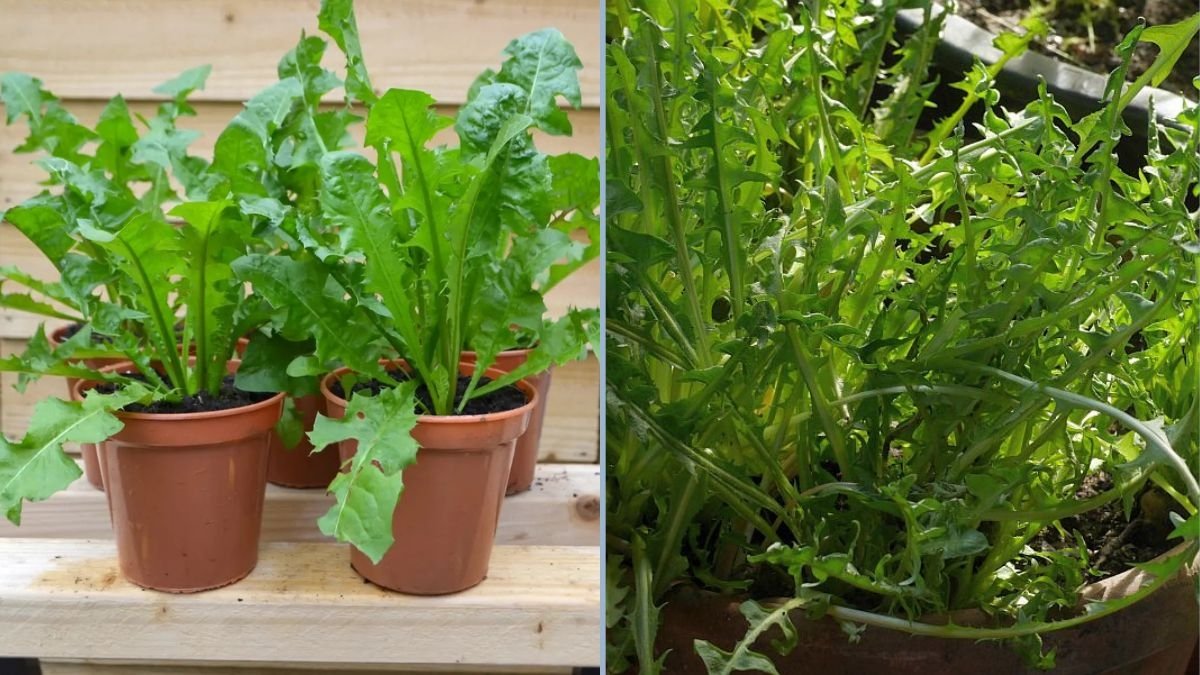

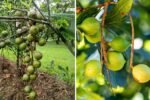



Leave A Comment